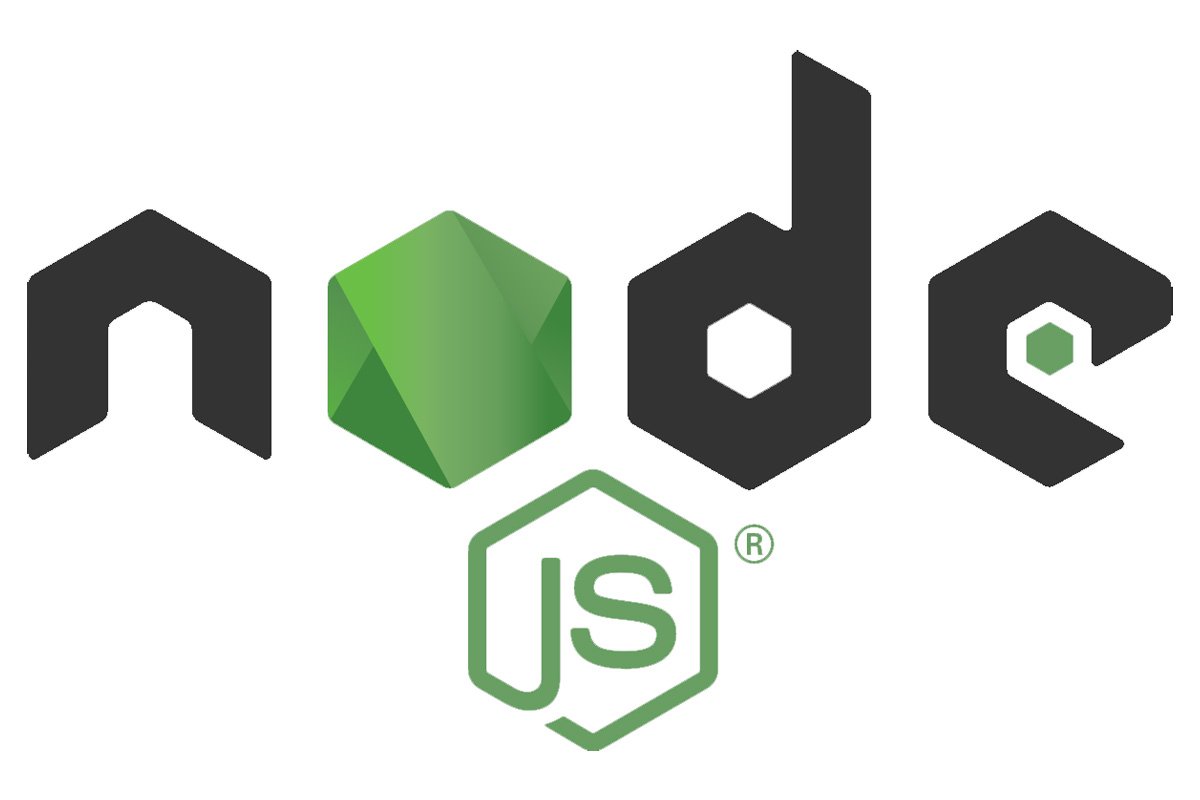JavaScript is the most popular client-side programming language on the internet. Until the release of Node.js in 2009, what we could do with JavaScript on the server was merely a concept. JavaScript’s scope of use has broadened in the current situation, and it is now also employed for server-side development. Node.js has undoubtedly played a key role in this significant shift in web development. Web app development with JavaScript running on the server-side has become exceedingly simple, cost-effective, and efficient thanks to the advantages of node.js. As a business owner or developer, you should get benefit from top node js development services.
Node.js

The most basic explanation of Node js is that it is a Javascript run-time environment that assists in the server-side execution of JavaScript code. It is a cross-platform open-source JavaScript that aids in the building of real-time network applications. Node js provides event-driven and asynchronous I/O APIs to developers. Google’s V8 JavaScript engine can also be used to read JavaScript code.
Furthermore, it uses a single-threaded event-based loop to ensure that all executions are non-blocking. Node js, on the other hand, is not a framework and has nothing to do with PHP,.NET or Java.
Let’s look at the main advantages and disadvantages of utilizing Node.js for server-side programming.
Advantages of Node.js
Let’s look at some of the main benefits of utilizing Node.js for server-side programming and how to get benefits from top node js web development.
1. Node.js provides simple scalability
One of the main advantages of Node.js is that it is simple for developers to grow applications. By adding extra nodes to the existing system, the applications can be horizontally scaled.
Furthermore, during the vertical scaling of the application, Node.js allows you to add extra resources to single nodes. As a result, it is very scalable and offers a better alternative to existing JavaScript servers.
2. A single programming language
Developers using Node.js have the option of creating server-side applications in JavaScript. This enables Node.js programmers to build front-end and back-end web apps in JavaScript using a runtime environment.
They don’t even need to employ a server-side programming language. It also makes web application deployment easier because JavaScript is supported by practically all web browsers. This helps to get benefits from top node js development services.
3. Simple to understand
Most front-end engineers are familiar with JavaScript because it is one of the most extensively used programming languages. It becomes much easier for them to get started using Node.js on the backend. Learning Node.js is easier, and working with it takes less time.
4. Fullstack
Node. js is a full-stack JavaScript that can be used to serve both client and server-side applications. There is no need to recruit separate backend and frontend developers. It allows you to save money as well as your precious time by utilizing it.
5. Community support from a large and active group
Node.js is fortunate to have a large and active developer community that is always contributing to its development and enhancement.
In reality, JavaScript programmers support the developer groups by supplying ready-made and simple solutions and scripts on GitHub. Many more developers are expected to be initiated in the future by the developers. This community helps to get benefit from top node js development services.
6. Allows you to create your own apps
Another benefit of Node.js for developers is the flexibility with which they may create apps and technologies. This is an important feature that Ruby on Rails lacks when it comes to imposing rules. While developing applications, you can start from the beginning.
7. Obtaining support for commonly used tools
Developers can obtain extended support for a variety of commonly used tools using Node.js. Let’s have a look at an example. Jasmin or other unit-testing tools can be used to test the source code of a Node.js application.
Similarly, you can use npm, a robust package manager, to identify and install the project’s dependencies. You can use grunt to run the project’s tasks.
8. The benefits of caching
Single modules can also be cached in the Node.js open-source runtime environment. Every time the first module is requested, it is cached in the program memory.
Because caching helps programs load web pages faster and respond to users more quickly, developers don’t have to re-execute the codes.
9. Deals with many requests at the same time
Because Node.js has the option of non-blocking I/O systems, it allows you to process several requests at the same time.
The system can handle concurrent requests more effectively than other systems, such as Ruby or Python. The incoming requests are organized and carried out in a timely and systematic manner. This makes sure that you get benefits from top node js development services.
10. Node.js is a very extensible framework
Node.js is known for being highly extendable, which means you may adapt and extend it to meet your specific needs. It can also be used to provide a means for data to be exchanged between the web server and the client.
Disadvantages of Node.js
1. The application programming interface isn’t consistent
One of the biggest disadvantages of node.js that most developers confront is that the Application Programming Interface (API) changes frequently and does not remain stable.
Occasionally, a new API arrives with several modifications that are backwards incompatible. As a result, developers are required to make changes to the accessible code bases to ensure compliance with the current Node.js API version.
2. Lacks a robust library support system
In comparison to other programming languages, JavaScript lacks a well-equipped and powerful library system. As a result, users are obliged to use a common library to do activities like Object-Relational Mapping (ORM), image processing, database operations, and XML parsing. This makes it difficult for developers to use Node.js to perform even basic programming tasks.
3. Model for asynchronous programming
Adoption of the asynchronous programming approach is a must if you want to make your applications more scalable. However, compared to linear blocking I/O programming, many developers may find this programming approach more complex.
Examples of where is node.js used?
- Node.js is used in many different types of industries
- Node.js can be found across a wide range of industries and application areas, including those such as telecommunications; banking; retailing; media production, distribution and broadcasting (including online); healthcare provisioning services through health informatics systems that manage electronic medical records.; transportation; and online services. node.js is also used to run “back-end” software components in cloud computing systems, such as storage or databases that are not directly handled by the front end of application programming interfaces (APIs) offered to users.
- In some cases, node.js can be found building entire business applications on its own; while in other cases node.js is a complementary technology that allows developers to create more responsive and scalable applications. node.js has been employed in several large-scale, high-performance websites, including GoDaddy (CMS platform), Groupon (desktop widgets).
The Final Word
In comparison to its disadvantages, Node.js has more advantages for developers and you can get benefits from top node js development services. What’s more, it has broadened the scope of JavaScript applications, indicating that it may be used for both frontend and backend servers.
With time, an increasing number of commercial companies have implemented Node.js, with excellent results.


